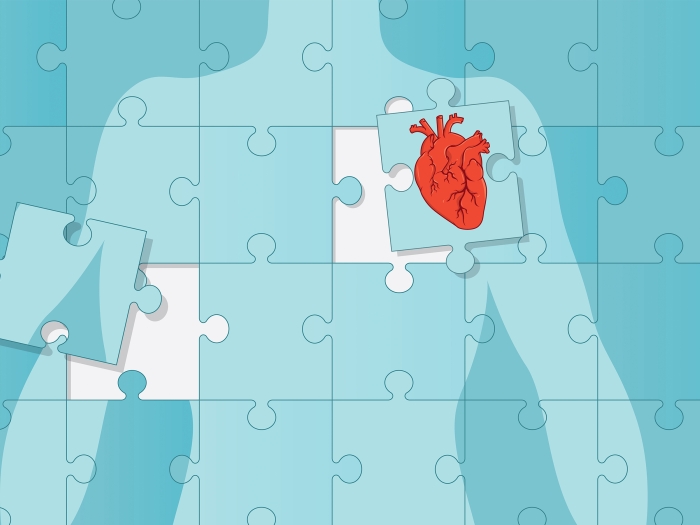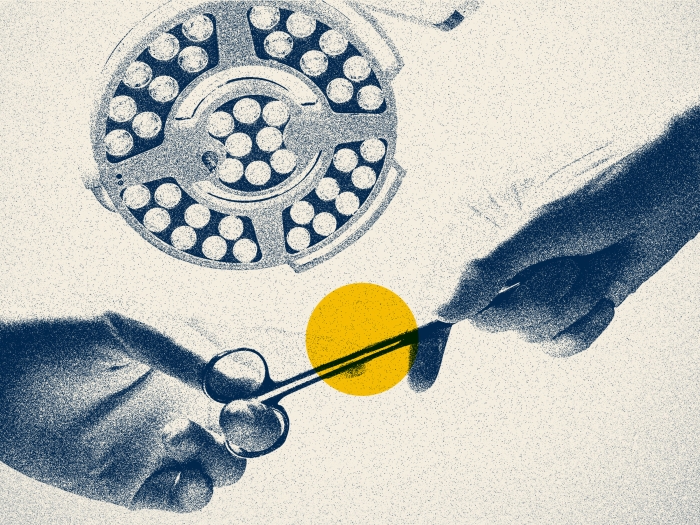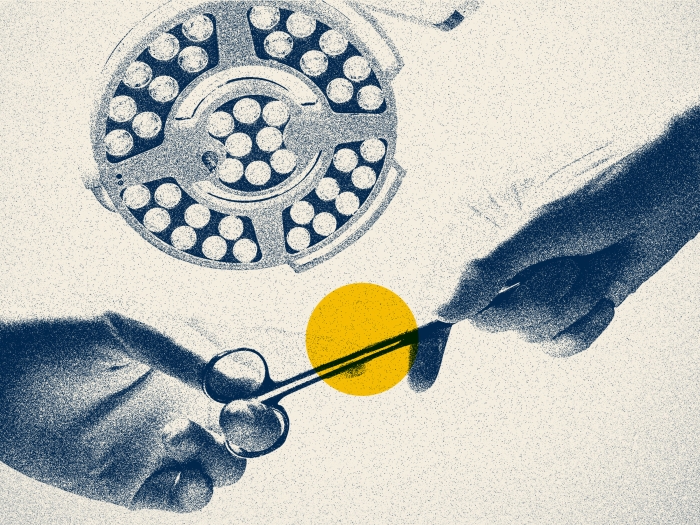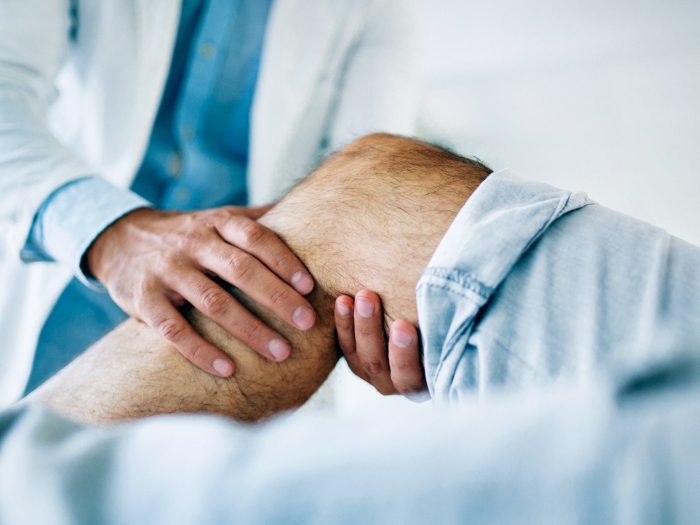Nothing could slow Peggy Arden down – until severe back pain. Now, thanks to minimally invasive back surgery, she lives pain-free.
9:13 AM
Author |
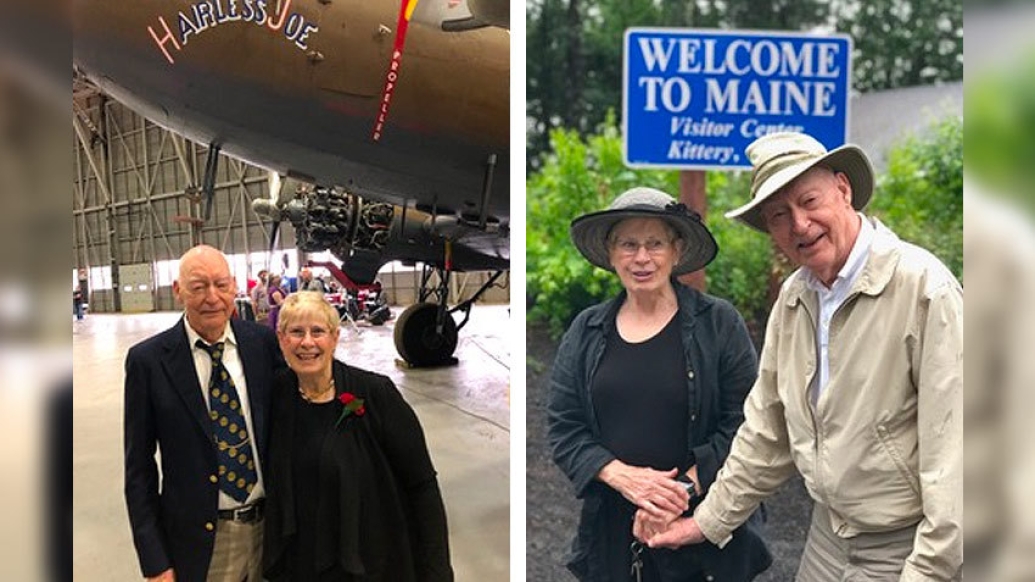
It's been five years since Peggy Arden's spine surgery at Michigan Medicine and the 80-year-old is happy to report she's still going strong. In fact, stronger than many half her age.
The commercial interior designer and builder may have retired years ago, but that didn't mean she would slow down — before or after the 2016 surgery to repair the vertebrae in her lower back and relieve her severe pain.
Seeking help
She attributes her spine issue to a fall in 2014 when she landed on her tailbone. This, along with natural age-related degeneration of her spine, brought Arden to Michigan Medicine and neurosurgeon Paul Park, M.D.
"The fall was the start of my back pain," says the Canton, Michigan, resident. "I eventually developed leg numbness and restless leg syndrome, along with bladder incontinence. There were many things happening all at once," she says, adding, "Testing at Michigan Medicine indicated I had a serious issue."
Like Podcasts? Add the Michigan Medicine News Break on iTunes, Google Podcast or anywhere you listen to podcasts.
Her serious issue was spondylolisthesis, a condition in which one of the vertebrae (the bone block of the spine) slips out of place in front of the vertebra below it. "This can cause pinching of the nerves," says Park. In Arden's case, nerve compression was severe, resulting in back and bilateral leg pain as well as incontinence.
Minimizing the risks
The Michigan Medicine spine team determined Arden would be a candidate for a minimally invasive decompression and interbody fusion of L-5 (the lowest lumbar vertebra) to S1 (the upper end of the triangular bone at the base of the spine).
The goal of L5-S1 decompression is to remove the abnormal bone and tissue causing nerve compression, giving the nerve more space and thereby reducing pain. Interbody fusion then prevents excessive movement of the lower spine by stabilizing the affected vertebrae. This fusion is accomplished with the use of a cage and small titanium screws connected with short rods.
MORE FROM MICHIGAN: Sign up for our weekly newsletter
Compared to traditional open surgery, Arden's minimally invasive procedure required less extensive tissue exposure resulting in decreased blood loss, less post-surgery pain, minimized risks such as infection and a quicker recovery, says Park. Arden's age — then 75 — was also a factor in using a less invasive technique.
"Spondylolisthesis can be difficult to treat when the slippage becomes pronounced, which was so in her case," says Park. "We were able to offer her a minimally invasive option and it worked out well. She's had very durable results."
Back on her feet
Although many patients Arden's age require spending time at a rehabilitation center following surgery, her particular situation would not allow it. "I needed to be home to manage the care of my husband with Alzheimer's," she says, noting that her six-week recovery was relatively easy.
"I used a walker for one week and had to be careful not to bend or twist, or lift anything heavier than a gallon of milk for a period of time," she says.
Arden appreciates that she's been living life free of back pain since her surgery.
"I can now do all the things I did before my surgery," she says, including adventures with her grandchildren, travel, dancing and gardening, just to name a few.
"As a do-it-yourselfer, it was important for me to get back to the way I was," she says. "Dr. Park was amazing. He fulfilled the best expectations I could have had for my surgical results."
Disclosure: Park does consulting work for Globus Medical and NuVasive.

Explore a variety of health care news & stories by visiting the Health Lab home page for more articles.

Department of Communication at Michigan Medicine
Want top health & research news weekly? Sign up for Health Lab’s newsletters today!


